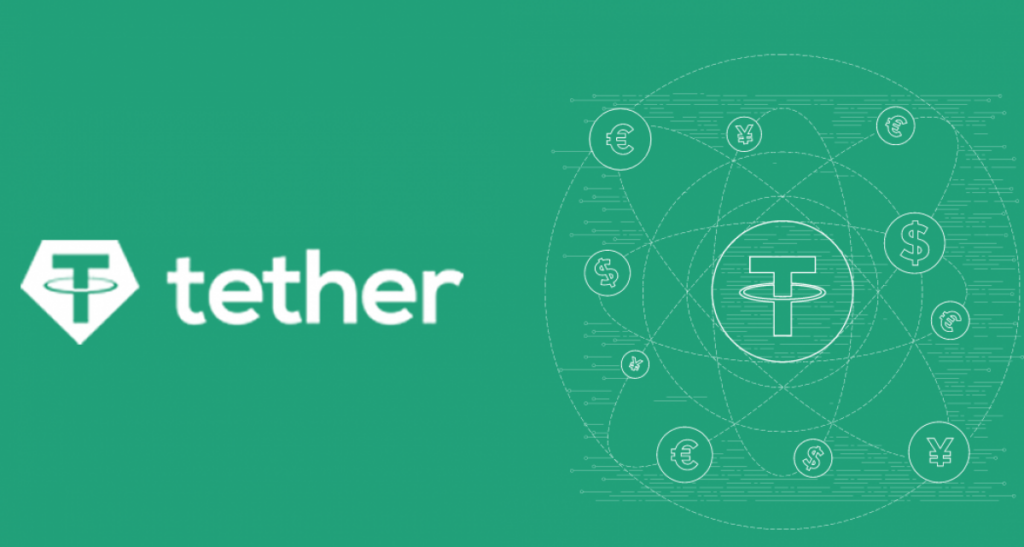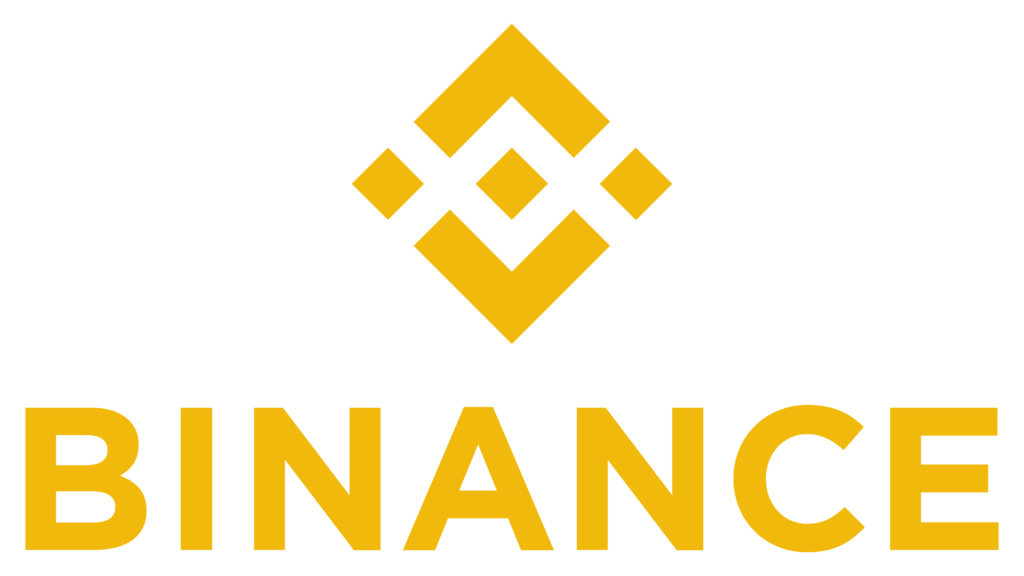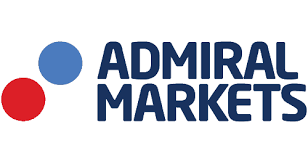
If you’ve been following cryptocurrency markets, you’ve likely come across Tether (USDT) at some point. Tether is a stablecoin that is supposed to be pegged to the US Dollar. However, there has been a lot of controversy surrounding Tether, as some have questioned whether it is fully backed by USD reserves. In this article, we’ll take a closer look at Tether and USDT, and explore whether they are the same thing.
What is Tether?
Tether is a cryptocurrency that was created in 2014. Its goal is to provide stability to the volatile world of cryptocurrency trading by staying pegged to the US Dollar. Tether tokens are issued by Tether Limited, a Hong Kong-based company. Tether’s claim to fame is that it is supposedly backed by reserves of “real world” assets, or in other words, it is supposed to be fully backed by US Dollars in a bank account.
What is USDT?
USDT is the ticker symbol for Tether. Put simply, USDT and Tether are the same thing. USDT is the cryptocurrency symbol that is used to represent Tether when buying, selling or trading.
Is Tether the same as USD?
No, Tether is not the same as USD. Although Tether is supposed to be backed by USD reserves, the value of Tether is not equal to USD. Tether is designed to maintain a stable value of $1.00 per token, regardless of the volatility of cryptocurrency markets.
What is the controversy surrounding Tether?
There has been a lot of concern in the cryptocurrency community about whether Tether is fully backed by USD reserves. Tether claims to hold enough US Dollars in a bank account to fully back every USDT token that has been issued. However, some critics have raised questions about whether Tether has the amount of assets it claims to have, or if those assets are being used for other purposes. There has also been concern that Tether could be used to manipulate cryptocurrency markets by artificially inflating the price of Bitcoin and other cryptocurrencies.
Are there alternatives to Tether?
Yes, there are several other stablecoins that are designed to provide price stability in cryptocurrency trading:
| Stablecoin | Ticker Symbol | Backed By |
|---|---|---|
| TrueUSD | TUSD | US Dollars held in escrow |
| Paxos Standard | PAX | US Dollars held in FDIC-insured banks |
| USD Coin | USDC | US Dollars held in reserve accounts |
FAQs
What is the purpose of stablecoins like Tether and USDT?
Stablecoins are designed to provide stability in the volatile world of cryptocurrency trading. Because the value of Bitcoin and other cryptocurrencies can fluctuate wildly over short periods of time, it can be difficult to use them as a means of exchange or store of value. Stablecoins are supposed to provide a stable price that is pegged to a fiat currency like the US Dollar.
How is Tether supposed to maintain its value?
Tether is supposed to maintain its value through a system of reserves. Tether claims that for every token that is issued, it holds an equivalent amount of US Dollars in a bank account. This is supposed to ensure that the value of Tether remains pegged to the US Dollar at a value of $1.00 per token.
Is Tether fully backed by USD reserves?
This is a contentious issue that is still being debated in the cryptocurrency community. Tether claims that it holds enough US Dollars in a bank account to fully back every USDT token that has been issued. However, some critics have raised questions about whether Tether has the amount of assets it claims to have, or if those assets are being used for other purposes.
What are the risks of using Tether?
The main risk of using Tether is that there may be a lack of transparency surrounding the amount of assets that are backing Tether. If Tether does not have enough assets to fully back every USDT token it has issued, there is a risk that the value of USDT could collapse. This in turn could have a ripple effect on the entire cryptocurrency market. Additionally, there is a risk that Tether could be used to manipulate cryptocurrency markets by artificially inflating the price of Bitcoin and other cryptocurrencies.
Conclusion
Tether and USDT are essentially the same thing. Tether is a stablecoin that is designed to be pegged to the US Dollar, and USDT is the ticker symbol that represents Tether when buying, selling or trading. While Tether has been controversial due to questions about whether it is fully backed by USD reserves, there are other stablecoins that are designed to provide price stability in cryptocurrency trading. As with any type of cryptocurrency, it is important to do your own research and due diligence before investing in Tether or any other cryptocurrency.






